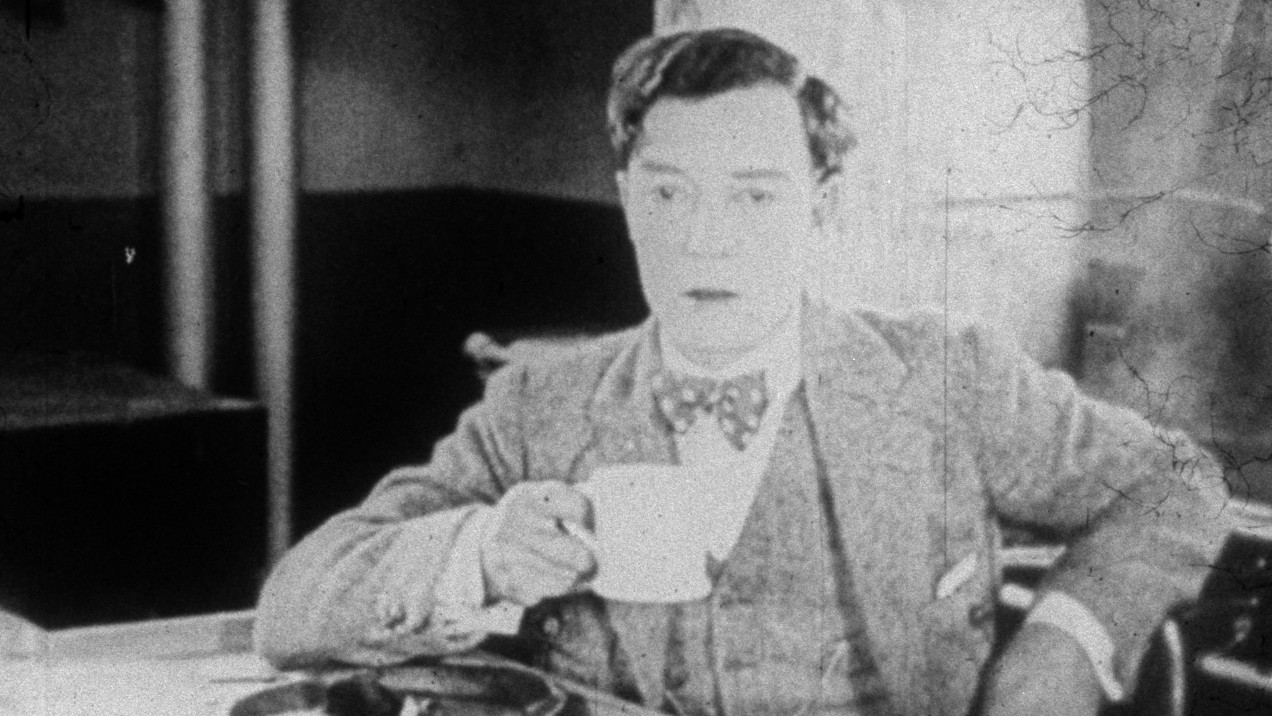Navigators
- 2022
- France
- 85 min
December 1919, The American government deports 249 anarchists and radicals on the “Soviet Ark”. Five years later, this same ship becomes the decor of Buster Keaton’s slapstick comedy The Navigator.
In 1924, the Buford, a large dormant ship, cost little to rent. Buster Keaton used it as a spacious set for his film The Navigator. And without realising it, by filming the vessel, he archived the scene of another story of crossing. A few years earlier, the Buford had served the forced exile of 249 political opponents of the United States government. A ship, at first with no precise destination, and an ocean to banish a few activists. Turn them into shadows, as they seemed to have gone too far. Noah Teichner explores this short-circuit and uses Keaton’s precious and detailed archive images of the ship to document and illustrate the crossing. Keaton advances on one side of the screen and on the other, exile is written. The voyage on the Buford unfolds through various extant accounts, in particular the poignant writings of the anarchist militants Emma Goldman and Alexandre Berkman, detained on board. The dialogue develops and we accept the improbable link between the stories, as its meaning grows clear. Noah Teichner explores this short-circuit and enriches it with his meticulously collected material. He interconnects archives, films from those times, logbooks, and assembles these traces to flesh out the story of missing images. Getting rid of undesirables, their stories and their ideas through forced exile. This is what crosses the oceans and also time, and resonates with today’s stories. From the passengers’ inner turmoil to the affirmation of their unshakeable ideas and the disillusion with Soviet Russia, where the deportees finally landed, the film infiltrates stories of disappearances and fills the gaps to the pounding sound of the black flag.
Clémence Arrivé
- Production : Perspective Films
- Cinematography : Ville Piippo
- Sound : Mikaël Barre
- Editing : Emmanuel Falguières, Noah Teichner
- Print source : contact@perspectivefilms.fr





